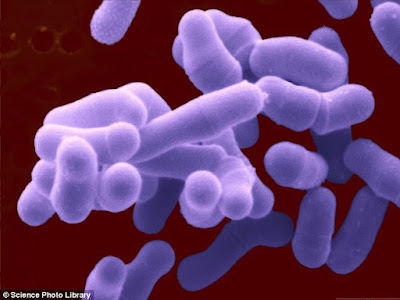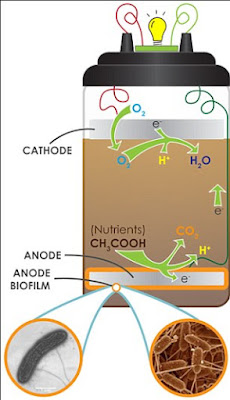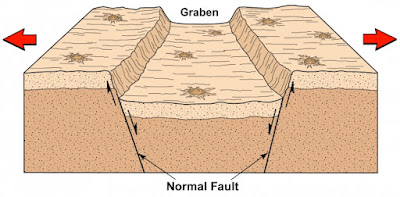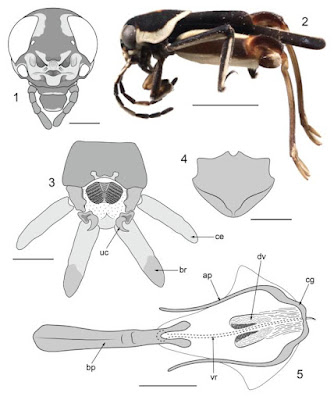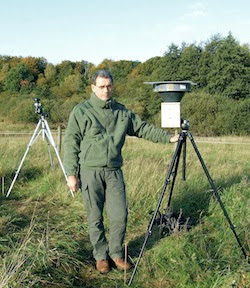SpareOne cellphone claims 15-year battery life, we go hands-on -- Engadget
Xpal Power (ownerspartners of Energizer and PowerSkin) has leveraged its battery-tech know-how into the SpareOne, a cellphone that can maintain its charge for up to 15 years on just a single AA battery. It's designed to be used for sponsorship, hotel use and (most importantly) emergencies, to throw into your trunk and forget about until you need to contact roadside assistance.
We’re all for the latest and greatest smartphones and the amazing technology that comes with them, but if you’re in some kind of emergency and all you have is your battery-eating 4G Android phone, it’s not going to last you very long. We’ve heard of lives being saved thanks to iPhone apps and the like, but having an emergency phone around that has a little bit better battery life seems like a good idea to us. That’s where Spare One ($50) comes in.
[...] the battery is only half of the magic. Users will also need to provide their own SIM card. Sprint and Verizon operating on CDMA networks aren’t compatible with SpareOne, which means that some users will want to keep a GSM SIM card from T-Mobile or AT&T handy. In the case there isn’t a spare SIM card lying around, users can still make an emergency call to 911.
Using the phone is relatively simple. After inserting the battery and SIM card, users turn on the phone and start making calls. Users can program up to the numbers on the speed dial. In case you ever get caught in the dark, SpareOne also has an integrated flashlight. The phone is set to go on sale some time in Q1 2012 for the very affordable price of $49.99. While it’s not a smart or even feature phone, 10 hours of talk time is an attractive option, especially in an emergency situation.
Related












